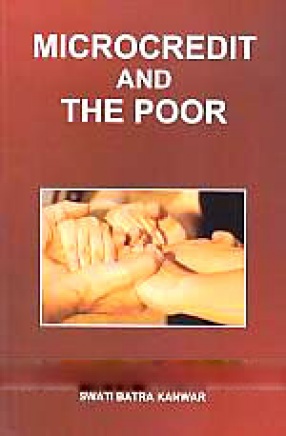
Aalekh Publishers

30 books

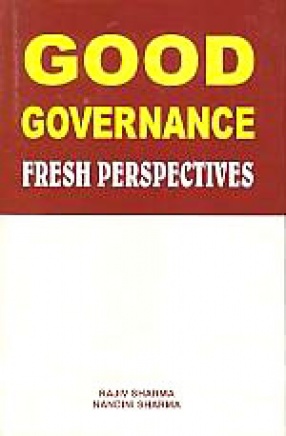

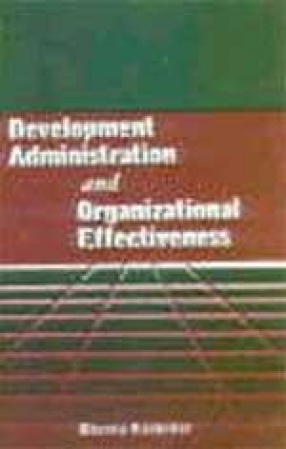
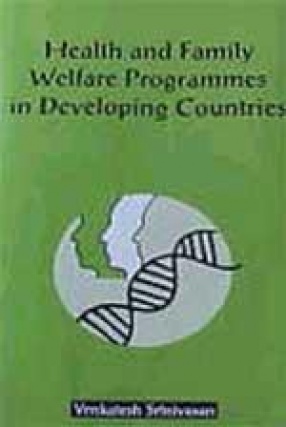
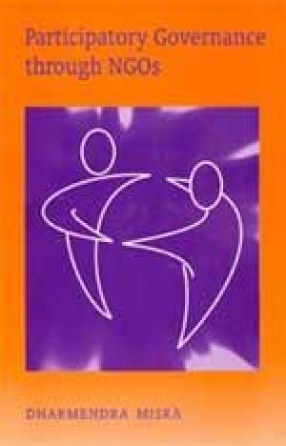
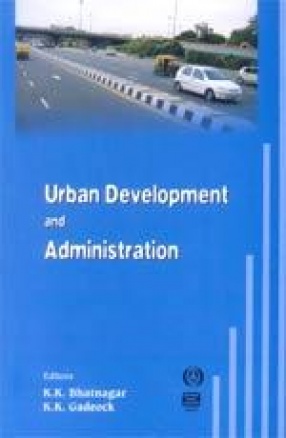


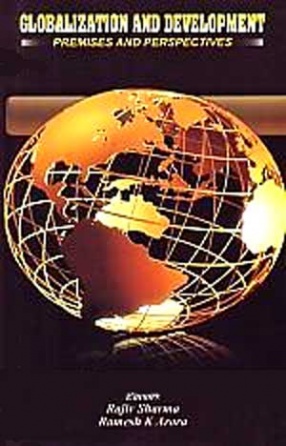

Jawaharlal Nehru was the real architect of modern India. His efforts to combine science and technology with the concept of planned development with a view to achieving socialist pattern of society was his unique contribution to India. The Nehruvian model of development had definitely provided direction to the making of modern India. As a result, India today is in a position not only to take care of her agricultural, industrial and defence needs but also in a ...

After its detachment from the bigger state of Panjab, the Haryana economy has sustained a lot of economic dynamism bringing productive prosperity to its villages but this rural transformation lacked the institutional scaffolding of Panchayati Raj, a vital organ of participative democracy in the rest of India. The Haryana Panchayati Raj Act, 1994 has rectified this sorry state of affairs with the regular elections to the new bodies being held in April 1995. This ...
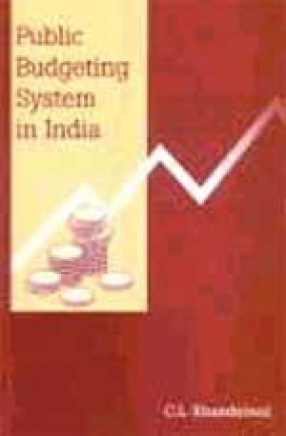
Public budgeting has become a significant instrument of Government policies. Budget reflects and shapes and in turn is shaped by the country’s economic life and political system. With burgeoning government expenditure and resource limitations to meet such expenditure, efforts have been towards a series of budgetary reforms. But the traditional ‘line-item budget’ alone is in vogue because Performance Budget has become a ritual both for the executive and the ...

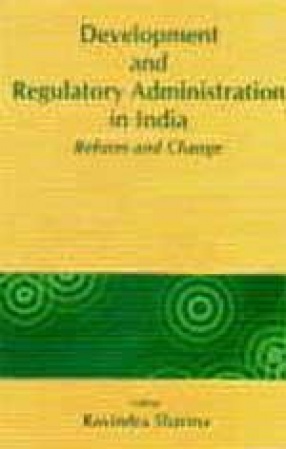
Efforts have been made to reform and restructure administration in India with a view to revamp the machinery and to removing the age old cobwebs. Now the emphasis is on a new style of administration which is very close to management concepts and techniques. The 18 well-researched articles in this volume take stock of the recent administrative changes in India with special reference to administrative reforms, administrative accountability, training, local ...
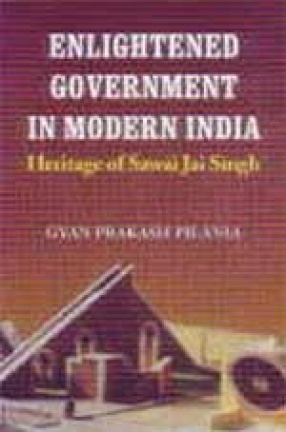
Sawai Jai Singh (1699-1743 A.D.) was the most eminent ruler of his times. He was considered as, "the head and crown of all Hindustan" who protected Hinduism. His spectacular rise to power was due to the decline in the power and authority of the Mughal Emperor, crisis in the nobility resulting in fissiparous tendencies all over the country during the four decade following the death of mighty Mughal Emperor Aurangzeb in 1707 A.D. He was so much respected ...

The present volume written by one of the senior most administrators of the State of Rajasthan, contains essays that reflect his encounters with multi-faceted reality. From the war zone in Western India to the resettlement of people, displaced by a drinking water-cum-irrigation project, the volume spans a wide spectrum of administrative situations which are variegated as well as momentous. Subjects such as census administration, tourism promotion, women's ...

In the Twenty-first century, one of the most exciting areas of social research would be Water Management. A synthesis of irrigation projects and drinking water schemes and blending them together to form integrated water management projects is a challenge before a State such a Rajasthan. Perhaps the greatest promise in this emanates from Indira Gandhi Nahar Project (IGNP) which is the biggest irrigation project of its kind in the world. It is a multi-disciplinary ...

Increasing accessibility and improving quality of public health programmes has been an important focus in developing countries in advancing the health status of the people. In this pursuit, many countries have initiated innovative activities for various services they provide and these have been implemented in varying degrees. However, detailed documentation on these activities is scarce and this hampers sharing of knowledge on implementation of innovations among ...
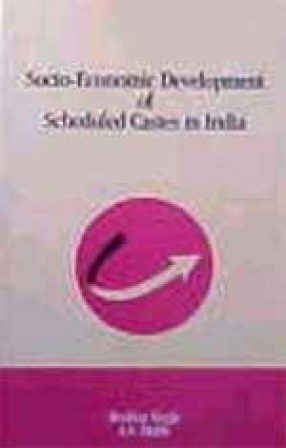
Out of roughly 3000 ‘Castes’ estimated to exist in India, as many as 779 have been designated, as per Article 341 of the Constitution of India, as Scheduled Castes who occupy the lowest rank in the ritual hierarchy of Indian society and constitute bulk of agricultural labourers with minucule land holdings. As per 1991 Census Schedule Caste persons total 32,50,933 constituting 19.75 per cent of the total population of Haryana, an agriculturally dynamic state ...
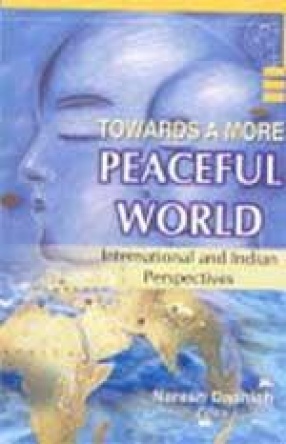
The 9/11 and U.S.A.'s response by waging war on Afganistan and Iraq has again reminded us of the naked truth that we are living in a conflict - ridden violent world in which disagreement results in physical attack and dialogues are replaced by confrontation. U.N.'s role is that of a spectator in the world politics. Today we face the biggest threat to peace and international security since World War II. This is caused by plurality of factors like arms race, ...
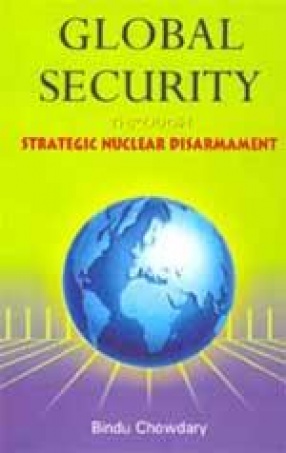
This book studies the efforts made by two great powers – USA and former USSR now Russia towards nuclear disarmament since 1960s till the present times. The book focuses only on the strategic nuclear weapons reduction. Therefore, it deals with the bilateral treaties concerning strategic nuclear weapons. Perhaps, for the first time, all the treaties about limitation and reduction of SNW have been put together – from SALT I 1972 to SORT 2002. The treaties ...
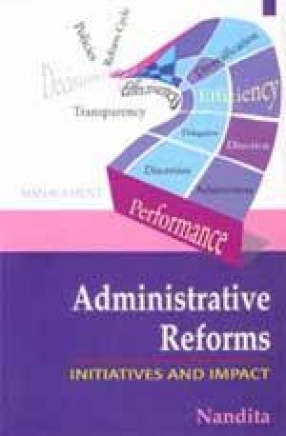
No society or nation can grow economically, socially and culturally and no political system can be effective in delivering outputs for the benefit of the common man unless these are strongly backed by a vibrant administrative system. Little wonder, in the absence of a dynamic administrative system. Little wonder, in the absence of a dynamic administrative system, many a social order has crumbled. A genuinely vigorous administrative system is one that moves with ...
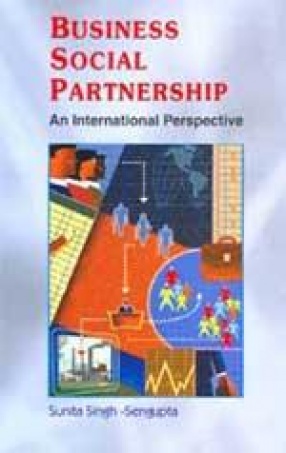
The volume is an effort to bring together the views of the scholars across the globe on this issue. This edited book takes the stand of a strategic business-social partnership for realizing economic, social and environmental benefits. The book may serve as the reference book to the MBA students taking the course on Corporate Social Responsibility in different IIMs and other management institutes in India and abroad. The book is likely to have a very good ...

With a paradigm shift from ‘government’ to ‘governance,’ the role of civil society has become central to the transformation of socio-economic order in a democratic society like that of India. However, the civil society organizations are still in a nascent state of evolution in India. That is why, there are only a few Non Government Organizations that are playing a key transformational role in shaping a new India-India that demonstrates faith in the values ...
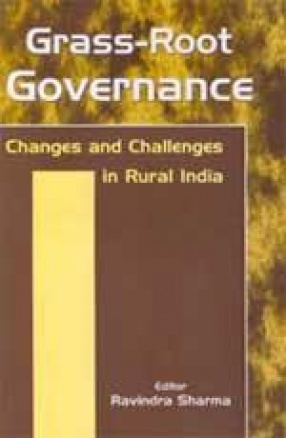
Village have been functioning as community institutions with a significant autonomy in management of local affairs, but the advent of centralized structures of governance have created new challenges fro reconciliation of local self-government with large (even world-wide) processes of economic changes. Even when the Union Government embarked upon Five Year Plans, the necessity of decentralized governance was recognized, the capstone in the decentralization being ...
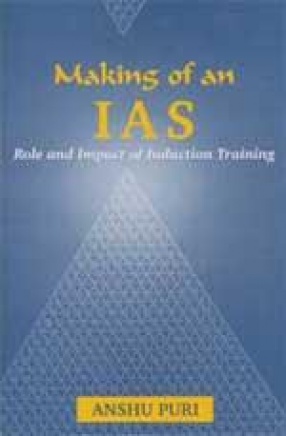
The Indian Administrative service is a premier administrative service in India. On its effectiveness depends the spirit and style of Indian administration at the national, state and district level. Much of the IAS officers’ orientations and outlook are determined at the stage of induction training. An IAS officer, after his entry into the service undergoes foundational training, professional training and a year long field training. At the LBS National Academy ...
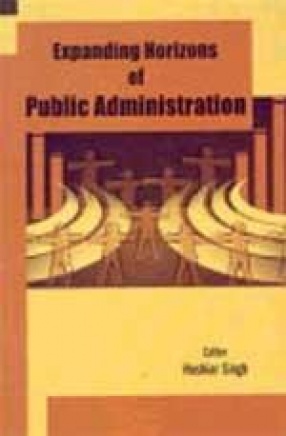
The horizons of public administration, one of the younger social science disciplines in the university campuses of India, began to widen and deepen rapidly after the state acquired a greater stake in the Indian economy with the inauguration of the planning era in 1950. The ensuring years saw a quantum jump in the stature and structures of public administration as an activity and this duly cast it shadows on the study and research in the discipline with a steady ...

As a political phenomenon, coalition and coalition governments have become a part of Indian public life, but are coalitions capable of steering the ship of administration towards and the welfare, developmental and regulatory shores of Good Governance? The contributors to this volume, who are renowned scholars of Public Administration and Political Science, grapple with the analytical assessment of the strength and weaknesses of coalition governments in India ...
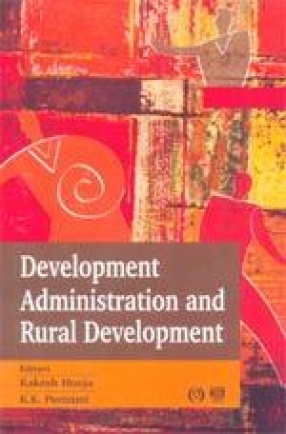
Rakesh Hooja, a development administrator, well known for his analytical writings on development administration and rural development, and his colleague, K.K. Parnami, have compiled the present volume, with contributors like T.N. Chaturvedi, M.S. Swaminathan, Donald Curtis and J.R. Watson, Richard A. Tom, R. Nickson, Ramesh K. Arora, R.K. Sapru, Mohammad Mohabbat Khan, Rakesh Hooja, .P. Ranga Rao, M.L. Mehta, B. Yerram raju and Sudesh K. Sharma. The papers ...

Cities play a major role in economic growth of the country, employment generation and nation building. To achieve these goals the urban areas must have access to good infrastructure, adequate finance system and effective administrative and management system. But, unfortunately, current, urban local bodies in India are suffering from weak planning and inadequate infrastructure, weak financial and revenue base, conflicting vested political interests and high degree ...
